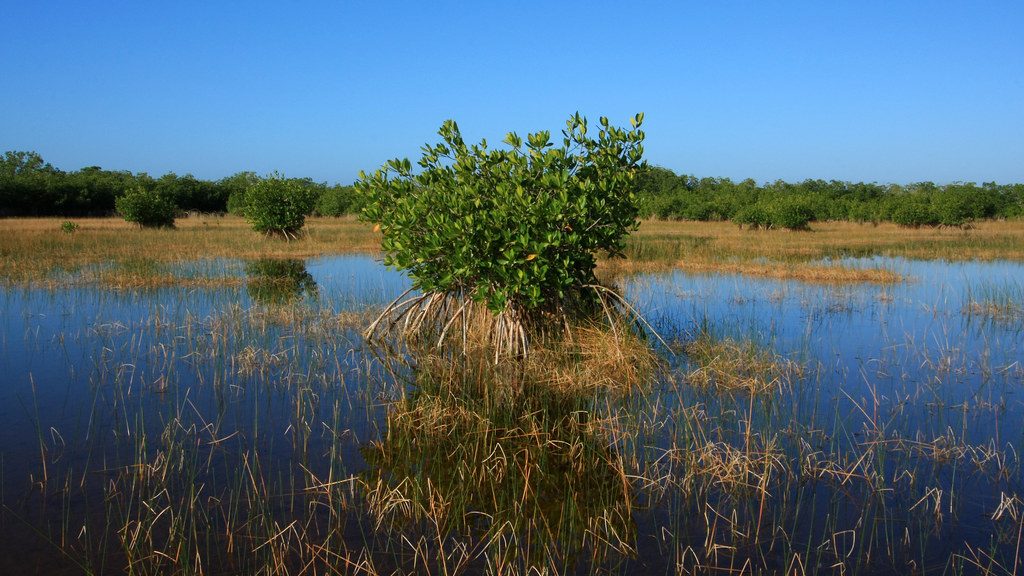Facilitating Accurate and Effective Application of Coastal Marsh Models

Project Information
Principal Investigator: Sarah Spiegler, NC Sea Grant, NC State University
Proposed Project Completion: Completed
Implements Science Plan Theme: Adaptation
Project Cooperators: Len Balthis (NOAA NCCOS), Christine Buckel (NOAA NCCOS), Renee Collini (Mississippi State U.), Trevor Meckley (NOAA NCCOS)
Overview
Salt marshes are integral to coastal communities, providing habitat for important species, such as shrimp and fish, and reducing the frequency and intensity of flood impacts on our homes and businesses. As sea levels continue to rise it is important that we understand how the health and extent of these marshes is expected to change so we know what actions we can take to maintain their critical function. There are many models that have been developed to characterize how marshes may respond to rising seas, each with a different approach and focus. As with any emerging scientific field, it is important to assess if the models’ predictions reflect what we observe; however, only recently have we had the ability to do that with marsh models because we lacked the detailed observations that were required.
We convened the leading marsh modelers from around the U.S. to devise a scientifically robust method for conducting a retrospective analysis. A retrospective analysis is where all the models are run with the same input information and from the same starting year from the past and the outputs are analyzed to see if they reflect what marshes look like today. It took a whole workshop and a team of modelers to devise an approach because each model is different, with different requirements for what needs to be put into the model and how the model produces its results. With this workshop we were able to devise a plan that worked for all the models and build buy-in to the processes among the modeling community. With this plan in place we are now able to perform the essential step of conducting the retrospective analysis so that we can understand which models work best in which coastal systems and for answering which management questions.
View a webinar recording summarizing the project:
